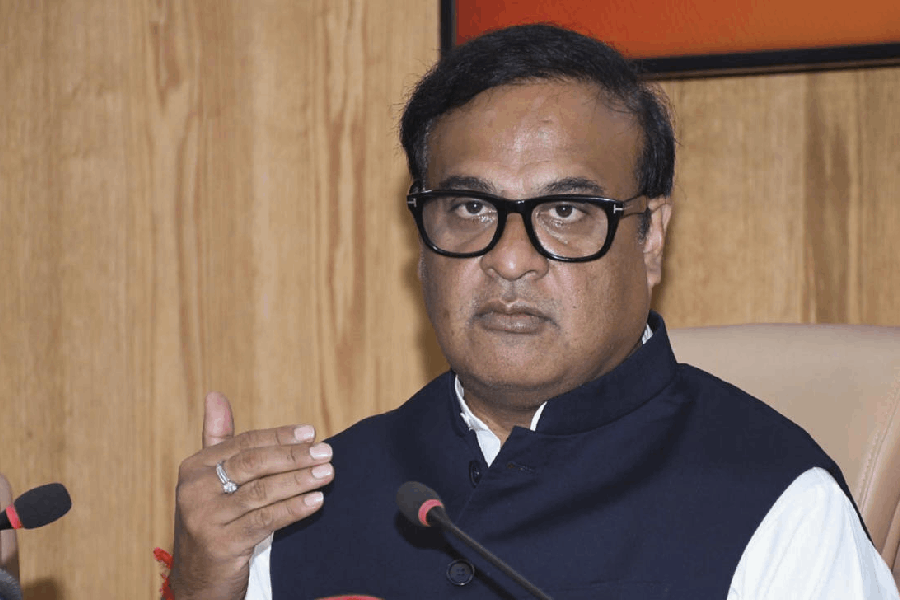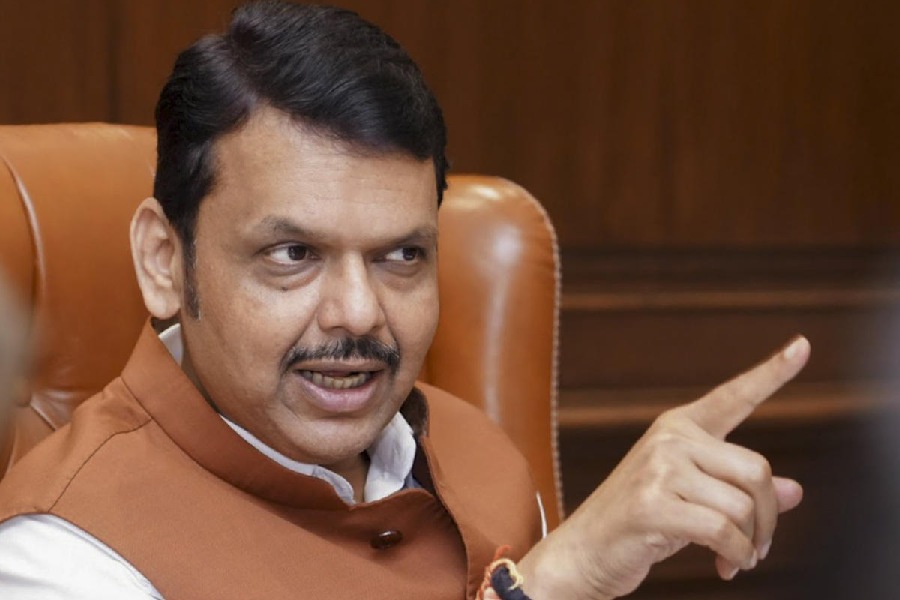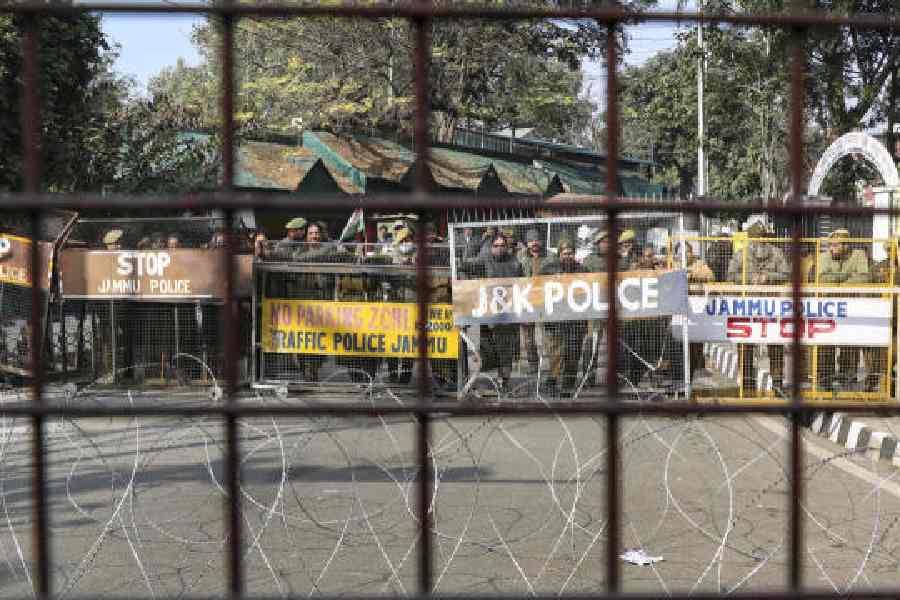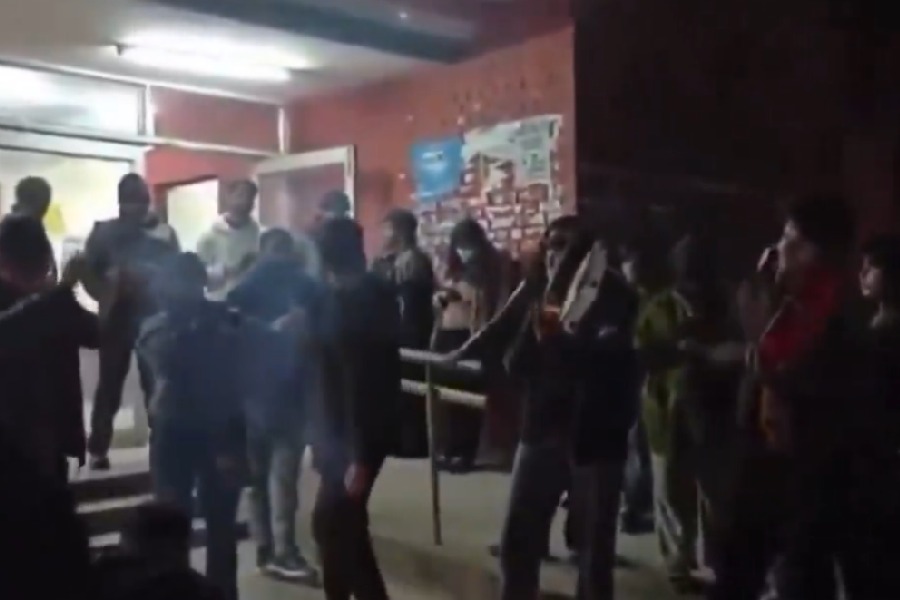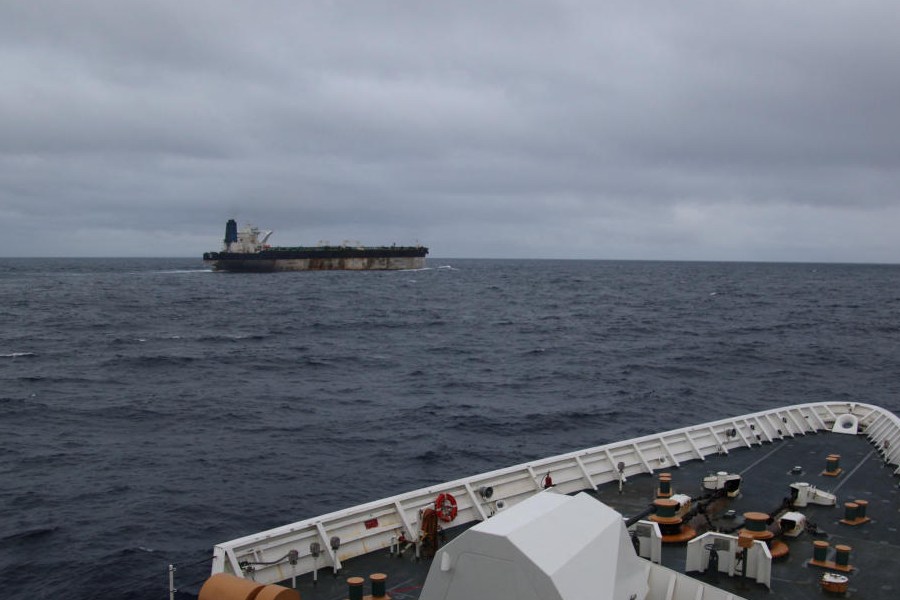 |
As a young boy growing up in Hyderabad, Rajesh Rao was fascinated by the Indus valley civilisation ever since he read about it in school about 22 years ago. Destiny, however, took him in another direction and he opted for higher studies in computer science. Though he subsequently became an associate professor of computer science at the University of Washington, Seattle, Rao always wanted to know more about the 4,500-year-old civilisation, particularly the “great puzzle” posed by its undeciphered script, which remained elusive to linguists and historians. “I was always intrigued by it,” says Rao, who maintains a library on Indus valley-related literature at his Seattle home.
For Hrishikesh Joglekar, a Hyderabad-based computer professional working at the world’s largest business software firm, Oracle Corporation, studying the Indus valley civilisation was no bread-and-butter issue. But the genial computer science postgraduate from the Indian Institute of Technology (IIT), Kharagpur, uses most of his free time and computational skills to unlock the Indus script.
Rao, Joglekar and a few other researchers — interestingly, all of them work in fields far removed from archaeology and linguistics — have come very close to finding some patterns in the symbols, or signs, used in inscriptions gathered from the archaeological sites associated with the Indus valley civilisation. Also involved in the study are Mayank Vahia and Nisha Yadav from the Tata Institute of Fundamental Research (TIFR), Mumbai, and Ronojoy Adhikari, a statistical physicist at the Institute of Mathematical Sciences in Chennai. Guiding them is Iravatham Mahadevan, an expert on the Indus valley civilisation.
Their paper, which appeared in the Proceedings of National Academy of Sciences last week, puts forward a statistical model that they think will provide insights into the grammatical structure of the Indus script. The work challenges a five-year-old study by Michael Witzel, professor of Sanskrit and Indian Studies at Harvard University, and others which argued that the Indus civilisation was devoid of a true script and that the symbols — nearly 400 of them — received from the excavation sites may be mere pictograms of political or religious icons.
Seals with sequences of Indus symbols have been found as far away as West Asia, the region historically known as Mesopotamia, the site of present-day Iraq. Though there were a dozen or more attempts in the past, the Indus script proved to be a tough nut.
“Our results clearly show that there is an underlying logic in Indus writing,” Vahia, a professor of astronomy and astrophysics at TIFR, told KnowHow. Vahia, who is deeply interested in archeo-astronomy (the study of the origins of astronomy) in India, says he wanted to know how our ancestors noted down astronomical events.
Such inquires led him and Joglekar, an amateur astronomer originally from Mumbai, to the Indus script as one of its components was linked to the stars. “We realised that unless we understood the Indus script, we would not be able to make much headway in archeo-astronomy,” says Vahia. That was in 2005 and they launched a programme to crack the Indus code along with Nisha Yadav who had by then joined Vahia’s department.
“It suited me perfectly as it gave me an opportunity to work in a multi-disciplinary area where knowledge of astronomy, computer science, statistics, languages, history, archaeology and genetics was required,” says Joglekar, who says he is leading two successful lives, the second being of an independent researcher.
“We had got somewhat stuck during early 2007. And that’s when Mahadevan came to know about our attempts,” recalls Joglekar. During one of their lectures at Mahadevan’s Indus Research Centre in Chennai, they were introduced to Adhikari, who shared a similar interest in Indus culture. Adhikari was interested in studying the spread of agriculture in the ancient civilisation. Using his training in statistical physics, he found a way to calculate “distances” between the language used in the Indus civilisation and others.
Soon after, Rao — who was on a sabbatical in India — happened to read their work and came forward to work with them. “Together we decided that it was time we applied new techniques — such as those from advanced fields of machine learning and statistical modelling — to try and unravel the Indus script,” says Rao.
Their first work, about a year after the collaboration, appeared in the journal Science in April this year. Coming five years after the work by Witzel and his associates, the study found for the first time mathematical evidence to support the view that inscriptions from the Indus valley were graphic representations of a language. “But we were not in a position to spot a pattern then,” says Vahia.
The latest work uses a statistical model, which was famously used by Albert Einstein in 1905 to explain diffusion — a process resulting from the random motion of molecules in a gas. Named after Russian scientist Andrey Markov, who first developed it, it estimates the likelihood of a future event (such as inscribing a particular symbol) based on patterns seen in the past. “Using the statistical model that we proposed, we hope we will be able to narrow down the language family the script belongs to, and if possible, extract a grammar,” says Rao.
He, however, cautions that they are still at an early stage in the statistical analysis of the script. For example, “we do not know which language family the script represents, and whether there was one language throughout the region or many,” he says.


